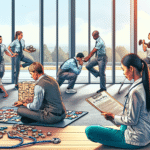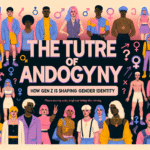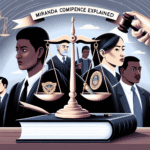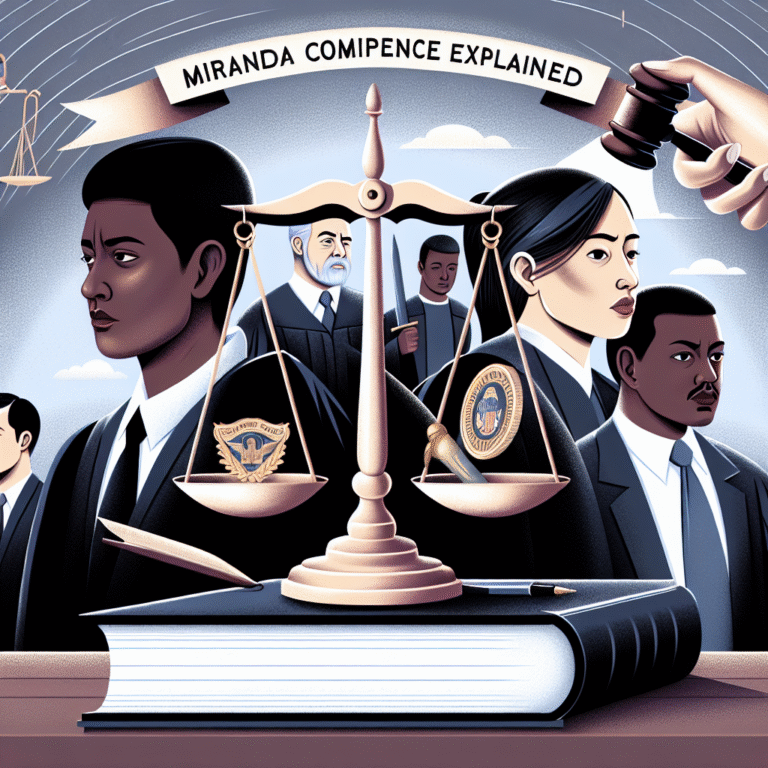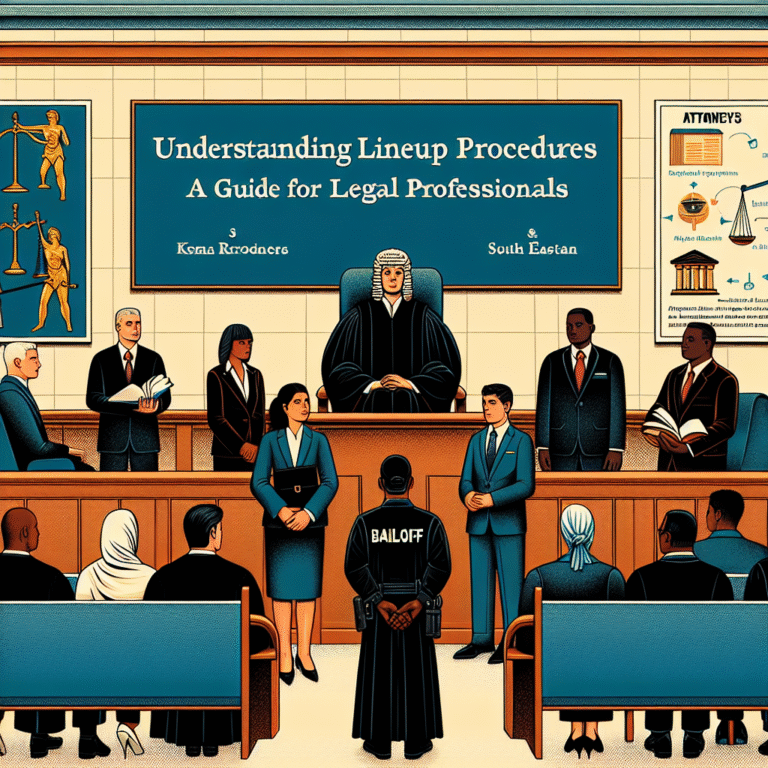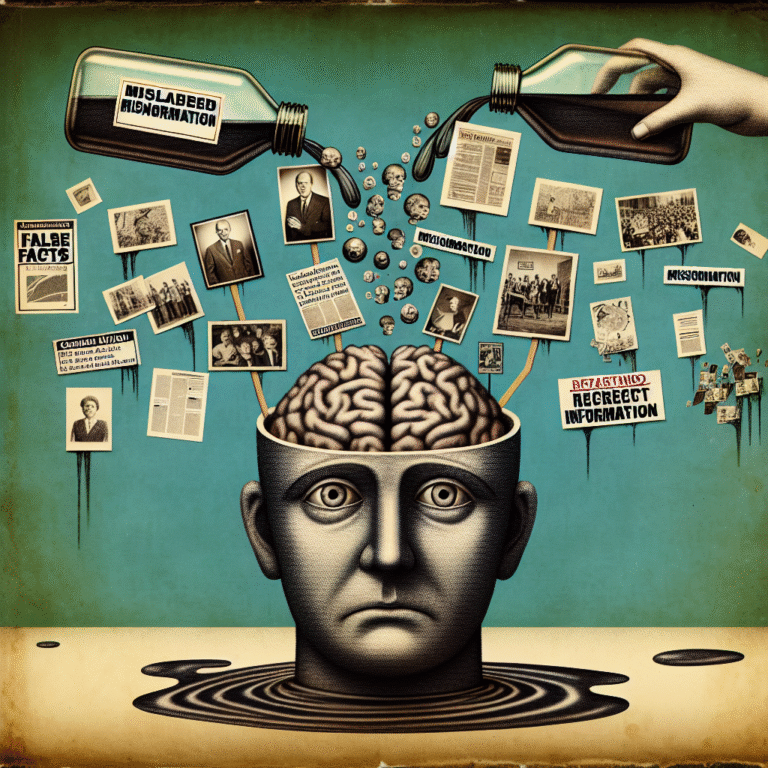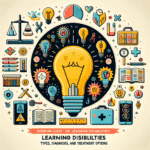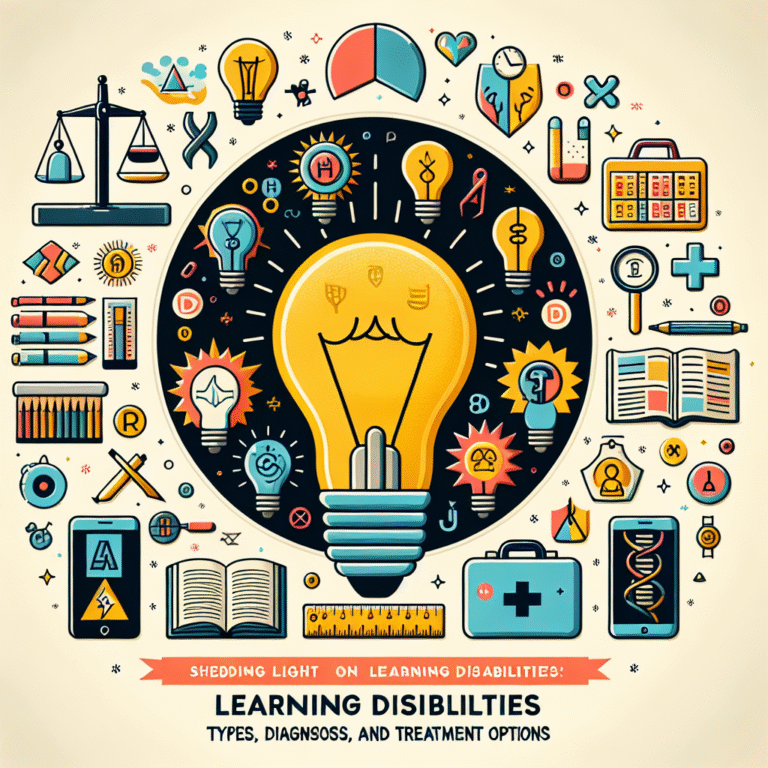
Introduction
In an age defined by information overload, the integrity of our memories has never been more precarious. With the rise of digital media and social networks, the line between fact and fiction has blurred significantly. From social media posts to news articles, misinformation spreads like wildfire, leading us to question: how much of what we remember is true? In this article, titled A Closer Look at Memory Contamination: How Misinformation Alters Our Recollections, we will delve into the mechanisms behind memory distortion, explore its implications, and offer insights to empower you against this cognitive threat.
Understanding Memory: The Basics
What Is Memory?
Memory is not a static repository of data; rather, it is a dynamic process involving encoding, storage, and retrieval of information. At its core, memory is reconstructive—a tapestry woven from past experiences, emotions, and sensory inputs.
Types of Memory
- Short-term Memory: Holds information temporarily for immediate tasks.
- Long-term Memory: Maintains information over extended periods, categorized into:
- Explicit Memory: Facts and events we consciously recall.
- Implicit Memory: Skills and procedures, often acquired without conscious awareness.
The Reconstructive Nature of Memory
Memory is not a perfect playback device. Instead, it reconstructs past experiences based on available information and current contexts. Thus, it is particularly susceptible to contamination.
Memory Contamination: The Underlying Mechanisms
What Is Memory Contamination?
Memory contamination refers to the alteration of a person’s recollections when exposed to misleading or incorrect information. This phenomenon illustrates the fallibility of memory and our unintentionally malleable nature.
The Role of Misinformation
Misinformation can seep into our memories through media reports, conversations, or even social media comments. Just once exposed to an incorrect detail, our brains can integrate this falsehood into our existing memories, effectively altering the original event.
Case Study: The Misinformation Effect
One landmark study by Elizabeth Loftus in the 1970s demonstrated that witness recollections could be influenced by leading questions. When participants were asked how fast cars were going when they "smashed" into each other versus when they "hit" each other, their reports of recalling broken glass varied dramatically based on the wording. This powerful example showcases the concept of memory contamination effectively.
| Wording | Average Speed Reported (mph) |
|---|---|
| "Smashed" | 41.2 |
| "Hit" | 34.0 |
Memory Retrieval: A Double-Edged Sword
Retrieving memories can further expose them to contamination. Each time we recall an event, we effectively reconstruct it, allowing external information to reshape our recollections.
The Societal Impacts of Memory Contamination
Legal Consequences: Eyewitness Testimonies
In legal contexts, memory contamination can have severe ramifications. Eyewitness testimonies, often deemed reliable, can lead to wrongful convictions. An example is the case of Ronald Cotton, who was wrongly convicted of rape based on the misidentification of the victim. It highlights the critical need for better practices in police line-ups and the use of corroborative evidence.
Media Influence: News and Social Platforms
The bombardment of inaccurate news stories or sensationalized headlines can shape public opinion and reinforce false memories. Studies show that exposure to false information can alter collective memory, creating a widely accepted narrative detached from factual events.
Political Dimensions: Misinformation Campaigns
Memory contamination isn’t confined to individual perceptions; it can influence political landscapes. Misinformation campaigns aiming to shape public discourse can lead to widespread shifts in belief systems, as seen during election cycles where misinformation took center stage.
Combating Memory Contamination: Tools and Techniques
Awareness and Critical Thinking
The first step in addressing memory contamination is fostering awareness. Understanding how easily memories can be altered empowers individuals to question the information they encounter.
Verification Strategies
- Source Evaluation: Always assess the reliability of the source before accepting information.
- Cross-Referencing: Validate claims against multiple sources to reduce the likelihood of misinformation infecting your memories.
The Power of Discussion
Engaging in thoughtful discussions with diverse viewpoints can help clarify recollections and reinforce accurate memories. Conversations with family, friends, or even online forums can serve as check-ins for our memories.
Conclusion
As we navigate an information-rich world, it is vital to recognize the precarious nature of our memories. A Closer Look at Memory Contamination: How Misinformation Alters Our Recollections has highlighted the mechanisms through which our memories can be affected and the societal consequences that arise from this. By actively questioning and verifying the information we consume, we can fortify our recollections against the tides of misinformation. Let’s not allow our memories to be shaped by the whispers of doubt and distortion—empower yourself today!
FAQs about Memory Contamination
1. What exactly is memory contamination?
Memory contamination refers to the alteration of memories due to exposure to misleading information, making them less reliable over time.
2. How does misinformation spread?
Misinformation spreads through various channels, including social media, news media, and even word of mouth, rapidly reshaping public perception.
3. Why are eyewitness accounts unreliable?
Eyewitness accounts can be distorted by suggestive questioning, media portrayals, or collective memory recalls, leading to inaccuracies.
4. How can I protect my memories from contamination?
You can enhance your cognitive defenses by being aware of potential misinformation, cross-referencing sources, and engaging in critical discussions.
5. Is memory contamination a recent phenomenon?
While the concept exists for decades, the rise of digital media and social networks has amplified its prevalence and impact in today’s society.
By understanding these intricacies of memory contamination and misinformation, we can create a more informed society that values the truth over distortion.

